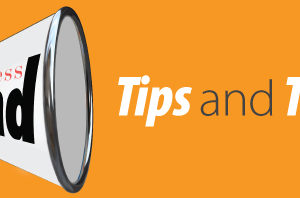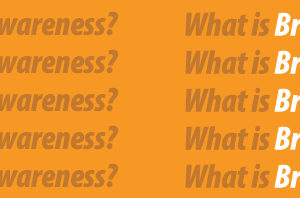
Creating a brand rivalry can be a risky strategy, however a brand rivalry can be an excellent strategy if it is executed well. Here is a look at the benefits and the disadvantages to starting a brand rivalry.
Brand Rivalry Benefits
Striking up a public brand rivalry can be especially useful for inferior or newer brands that have the goal of elevating their brand. By picking a fight, it allows a brand to take a swing at the market leader or leaders and be included in a higher tier in the marketplace. Targeting the leaders in the industry can help a brand raise its position and increase its overall brand awareness.
1. Gain Sympathy
There are many examples of smaller, start up brands that take the underdog position and attempt to gain the sympathy vote from consumers. Think of how Pepsi went against Coca Cola with the Pepsi challenge or Taco Bell trying to steal the spotlight from McDonald’s breakfast.
2. Builds Loyalty
Creating a rivalry between brands is very similar to sports rivalries. A rivalry helps build loyalty with your consumers and employees. Rivalries are an effective way to get consumers to take sides and prevent your customers from using the other brand’s products. People like competition and rivalries because they cause everyone to step up their game.
3. Attracts Attention
Brand rivalries are an effective attention getter. If the rivalry becomes controversial, it can earn additional free publicity and increase word of mouth. Conflicts gain attention and they make brands more interesting.
Brand Rivalry Disadvantages
Rivalries can backfire if they are not properly managed. Openly criticizing your competitors can turn many consumers off. Think of political candidates that only use political advertisements that bash other candidates. If brands are not careful in the way they publicize their messages, their credibility can become compromised and they can be viewed as unprofessional.
1. Competitor Benefits
Creating a brand rivalry also causes increased attention on your competition. Your rivals will also experience the benefits of a brand rivalry, even if your rival is a larger competitor than you. Your efforts may even accidentally give your rival positive attention.
2. Competitor Improvement
Your efforts can and will increase attention on your competitor’s brand and may increase their brand awareness, even if you are pointing out their flaws. Your efforts might point out flaws or weaknesses that they never took into consideration before and that gives them the opportunity to fix these flaws. You may inadvertently cause their brand to improve itself to become even stronger than before.
3. Biting Off More Than You Can Chew
While going after the big dog in your industry may be a good way to help your brand, it can also cause you to wake a sleeping giant. Rivals don’t appreciate having their brands be attacked or criticized, especially by the competition. Your competitors will do everything in their power to protect their market share, customers, and brand image, this includes going after your customers.
Considerations Before Starting a Brand Rivalry
There are many factors that you should consider before starting a brand rivalry.
1. Does a Rivalry Fit Your Brand?
One consideration is your current brand image. If your brand is elegant or very family friendly, it may not be a good idea to “put on your boxing gloves” and go after another brand. Be sure that a rivalry is something that can fit your brand image and has the potential to enhance it.
2. Brand Status
Another factor to take into consideration is your brand status. If your brand is the market leader in your industry, then you shouldn’t pick on inferior brands. For example, Coke doesn’t need to go after RC Cola and Apple doesn’t need to go after Samsung. A brand that is of higher status that picks on smaller brands will be viewed as a bully and this can potentially tarnish its reputation.
3. Be Ready
Once you start a public rivalry, your competitors are going to try to find and exploit the flaws and weaknesses in your brand. It’s a two-way street. Don’t expect to pick on other brands and not have them do the same to you.
For example, Campbell’s Soup accused Progresso of having MSG in its soup. Progresso fired back by pointing out that Campbell’s used MSG in 95% of its soups. Before you publicly call out and criticize your competitors, make sure your house is in order. Address your own weaknesses before the competition can. Don’t point out a flaw that your competitor has that you have as well and don’t try to compete against every element of your rival.
Overall, a brand rivalry can be a great way to promote your brand. Determine what distinguishes your brand from the competition and use the rivalry carefully to distinguish yourself from rivals.
We would like to thank Business Insider for their informative article on Brand Rivalries.




